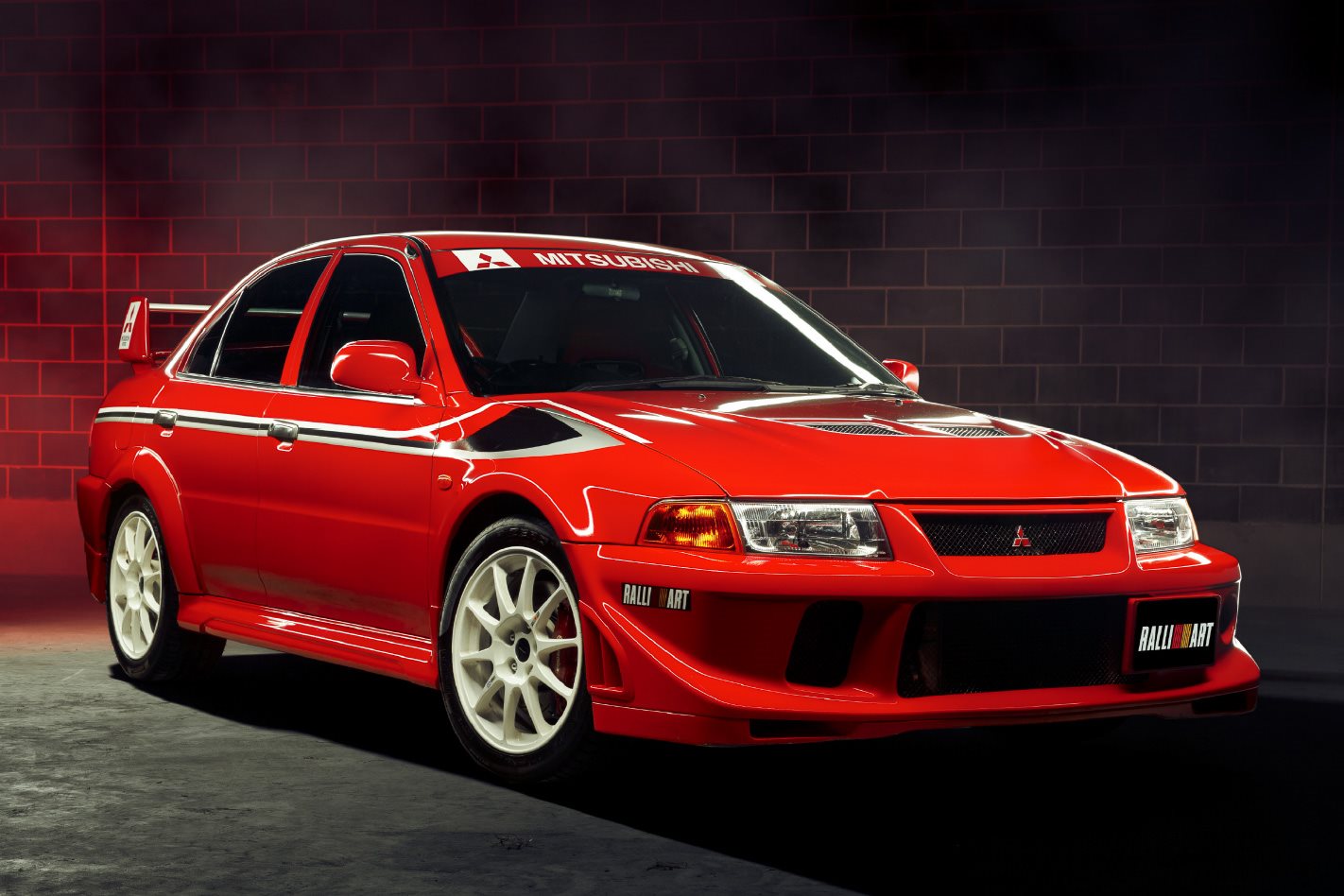TOMMI MAKINEN never owned the car that bore his name. Perhaps it was a little too close to something he viewed as work, but the Mitsubishi Lancer Evo VI Tommi Mäkinen Edition, often referred to as simply the TME, is a vehicle he’s nevertheless proud to see bear his moniker. It certainly beats a Lada Samara Deluxe by Brock all ends up.
Originally launched 20 years ago, the Tommi Mäkinen Edition was a limited run scheduled for 2500 cars built from the Evo VI to commemorate Mäkinen’s four world rally championships. The TME wasn’t just a ‘stripes ’n’ flaps’ piece of opportunist marketing either. It was mechanically distinct enough to be referred to as the Evo 6.5 and featured performance refinements such as a freer-breathing muffler as well as a cleverly baffled fuel tank to prevent fuel surge under high-G cornering.
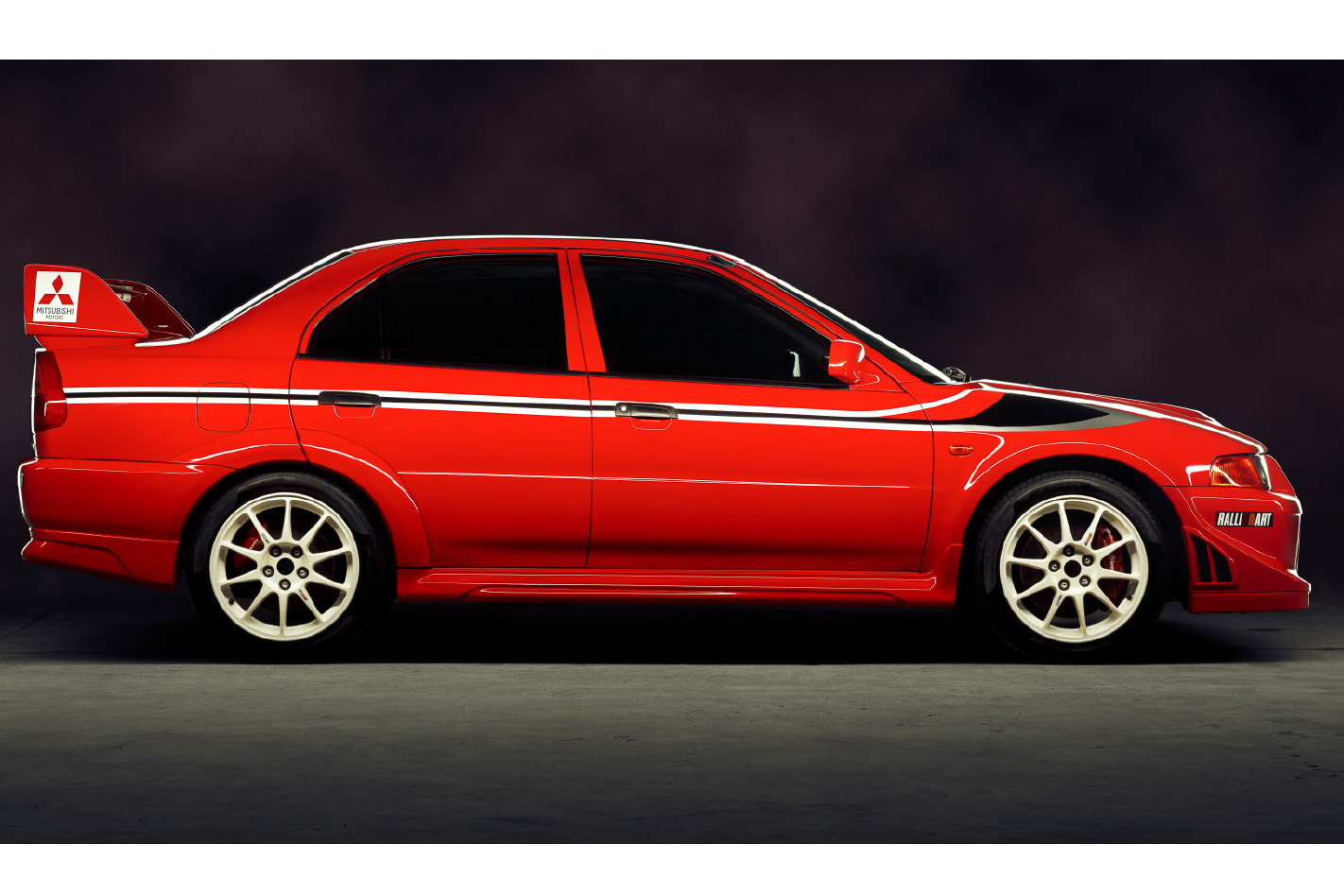
The ride height was dropped by 10mm, lowering the roll centre, and the Mäkinen was also treated to an even quicker steering ratio than the already hyper-alert Evo VI. The turbocharging system was also revised, the TME’s twin-scroll turbocharger featuring a titanium alloy turbine wheel and a smaller 15g compressor wheel with a revised blade configuration. Ducts in the asymmetrical bumper helped feed air to the intercooler, oil cooler, intake and brakes.
The white powder-coated 17-inch Enkei alloys aped the look of the WRC machine and the optional TME-specific decal set also looked like the Evo was on a rally transit stage. The cabin also featured stitched and monogrammed Recaro bucket seats, red stitching for the leather-trimmed Momo wheel and gearshift gaiter as well as red-on-black graphics instrumentation.
Colours offered worldwide included Pyrenees Black Pearl, Scotia White, Canal Blue, Satellite Silver or – by far the most popular paint finish – Passion Red. Worldwide TMEs were available in three trims ex-factory: RS, RS2 and GSR. The RS version is the stripped-down factory lightweight designed for rally teams to convert to competition specification.
The GSR is the heavier but more refined road car, equipped with climate control, electric windows and mirrors, sports seats and alloy wheels, while the RS2 is a mix of both models: effectively an RS with some added GSR equipment. The RS and RS2 versions were built in both left- and right-hand drive, whereas the GSR was only ever offered with the steering wheel on the right.
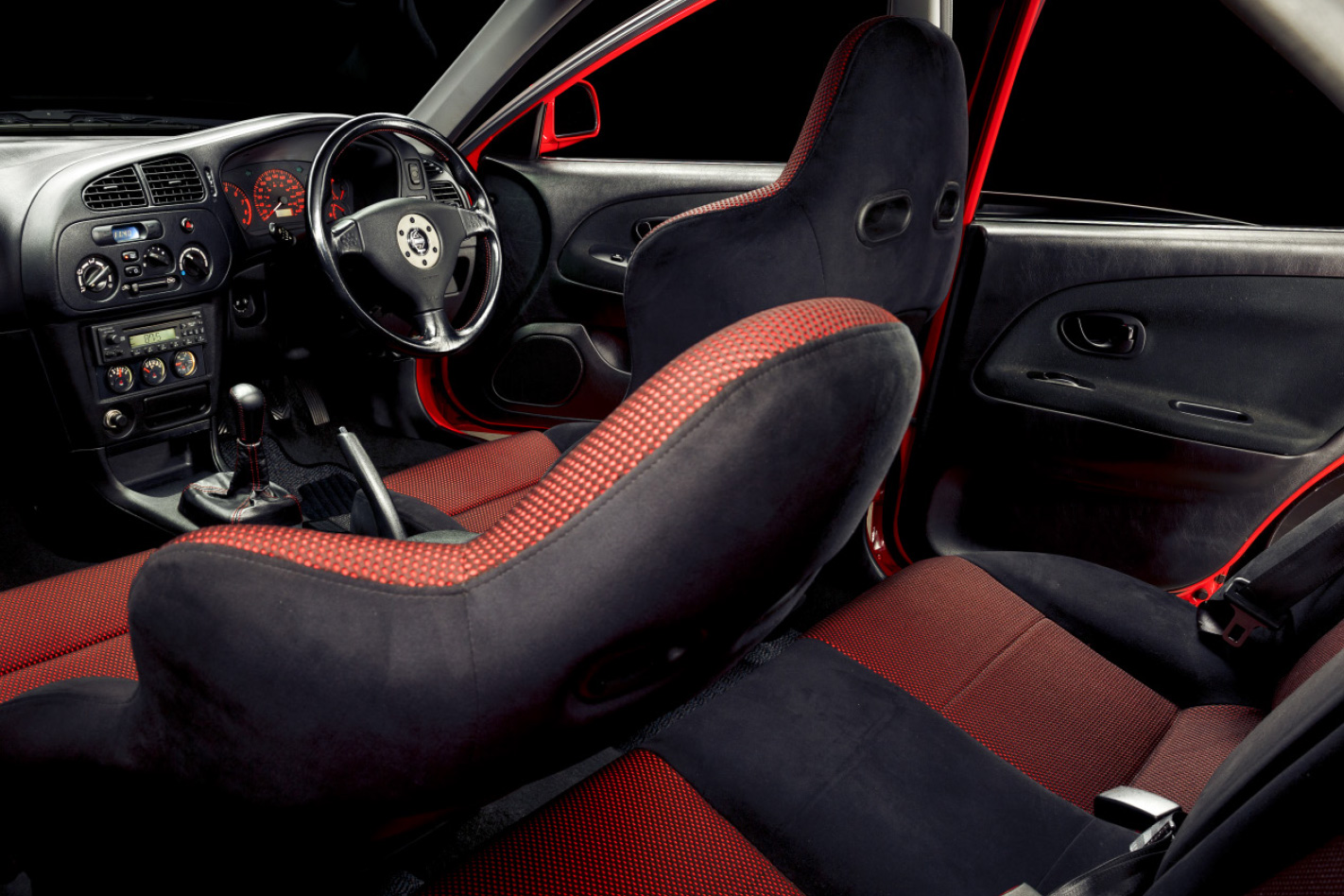
The 100 official Australian imports were in mid-spec RS2 guise, which means that they got the electric windows, Brembo brakes and trick Active Yaw Control (AYC) fitted to the GSR but not its front LSD.
Other fitments include a 260km/h speedo, a headlight adjuster dial on the dash, base Lancer CE-spec air-conditioning, and a single-slot Clarion CD head unit with the radio antenna mounted on the A-pillar.
The desirable ‘cross-ratio’ five-speed gearbox was also fitted, with third, fourth and fifth gears notably punchier than the GSR and a shorter final-drive ratio. ‘Delta Stripes’ were an option on Passion Red cars.
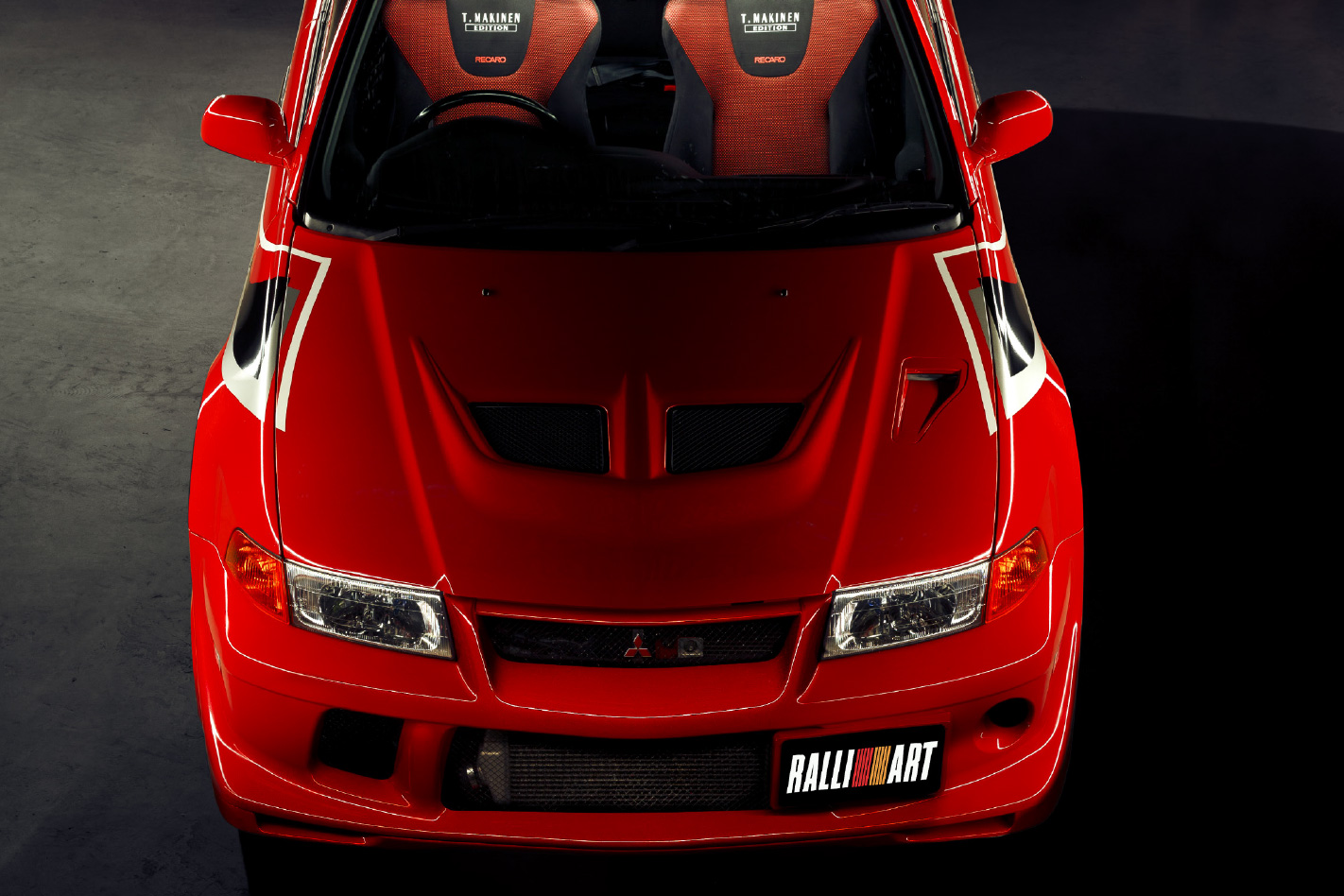
Like most limited-run import schemes, the program was not without a few bumps in the road. The cars were shipped under the Specialist and Enthusiast Vehicle Scheme (SEVS), which allows major manufacturers to bring in up to 100 vehicles without having to complete volume compliance procedures. All were built in September 2000 but there was a significant delay which saw the cars languish dockside in Japan from September to May 2001 awaiting import approval due to an issue translating crashworthiness documents for the Federal Office of Road Safety.
That delay meant that these very-late-run Evo VIs ended up being on sale here while the more modern Evo VII was in dealers worldwide. An asking price of $79,990 meant that the TME was untouchable in terms of bang for your buck, probably second only to Porsche’s $298K 996 Turbo as the quickest point-to-point car sold here at the time.
The Australian cars were split evenly between silver, black, red and white, with two silver cars sacrificed for crash testing, so Mitsubishi ended up selling 98 officially-sanctioned customer cars. Or 99 if you include a weird one-off; Mitsubishi officially importing one extra Canal Blue GSR-spec Tommi Mäkinen as a special order.
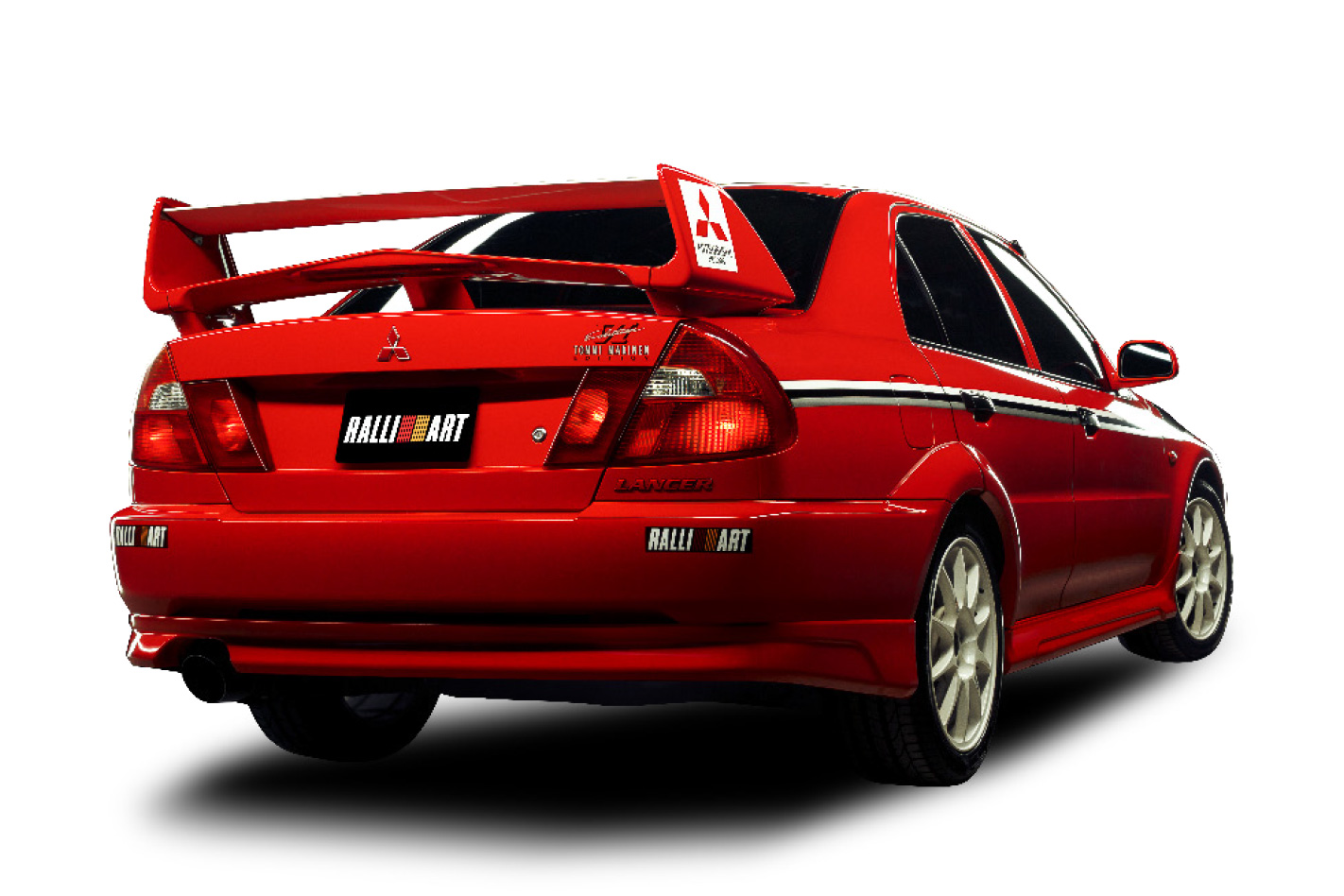
An RS tips the scales at 1260kg, an RS2 1280kg and the GSR is a relatively porcine 1365kg. That’s still around 220 kegs lighter than a modern superhatch like a Merc A45 AMG, which goes some way to explaining why Aussie cars are fiercely accelerative even by current standards. A manual car gets to 100km/h from rest in 4.5 seconds, which is on par with a contemporary BMW M2 Competition.
But has the rest of the TME package withstood the test of time? Not completely. The fit and finish of the interior is bettered by a $15K Kia Picanto, and in the intervening couple of decades, manufacturers have learned a great deal about driveline refinement and calibrating intermeshing suites of electronic systems. Jump into an Evo VI and the doors clang shut, the windscreen feels almost comically upright and the 4G63 2.0-litre lump sounds charisma-free upon turning the flimsy key.
From there, things improve quickly. There’s a decent relationship between body stiffness and suspension compliance, the car never feels over-tyred and the engine spins freely. The front end is extremely attentive, so it’s easy to drive the car clumsily before you’ve keyed into its gearing. Tyre noise is a constant, and optimising the gearbox for acceleration means that even in fifth you’ll have 2800rpm on the clock at 100km/h. A tiny 50-litre fuel tank and a marked thirst for 98RON means that this isn’t always a vehicle ideally acclimatised to this wide, brown land.
Find a twisty road that’s clear of traffic and the Tommi Mäkinen Edition still shines. The suspension was tuned specifically for tarmac rally stages, so finding routes you can imagine featuring in the Tour de Corse lets the Evo really show its stuff. Because it’s so low geared, you often find yourself using fourth and fifth gears in anger, the suspension working frantically and the Evo trying to tip into corners that you haven’t yet registered. It has the most aggressive castor and kingpin angles of any Evo model ever built, so its small wonder it feels neurotic.
The steering feels a little dead just off-centre, but as soon as you start deforming the contact patch it feeds back cleanly. The TME rolls from the factory with one degree of negative front camber. Anything more than two degrees of negative camber at the steering wheels and the most noticeable effect will be worn tyre shoulders as the MacPherson strut front suspension imparts only a moderate camber gain under compression.
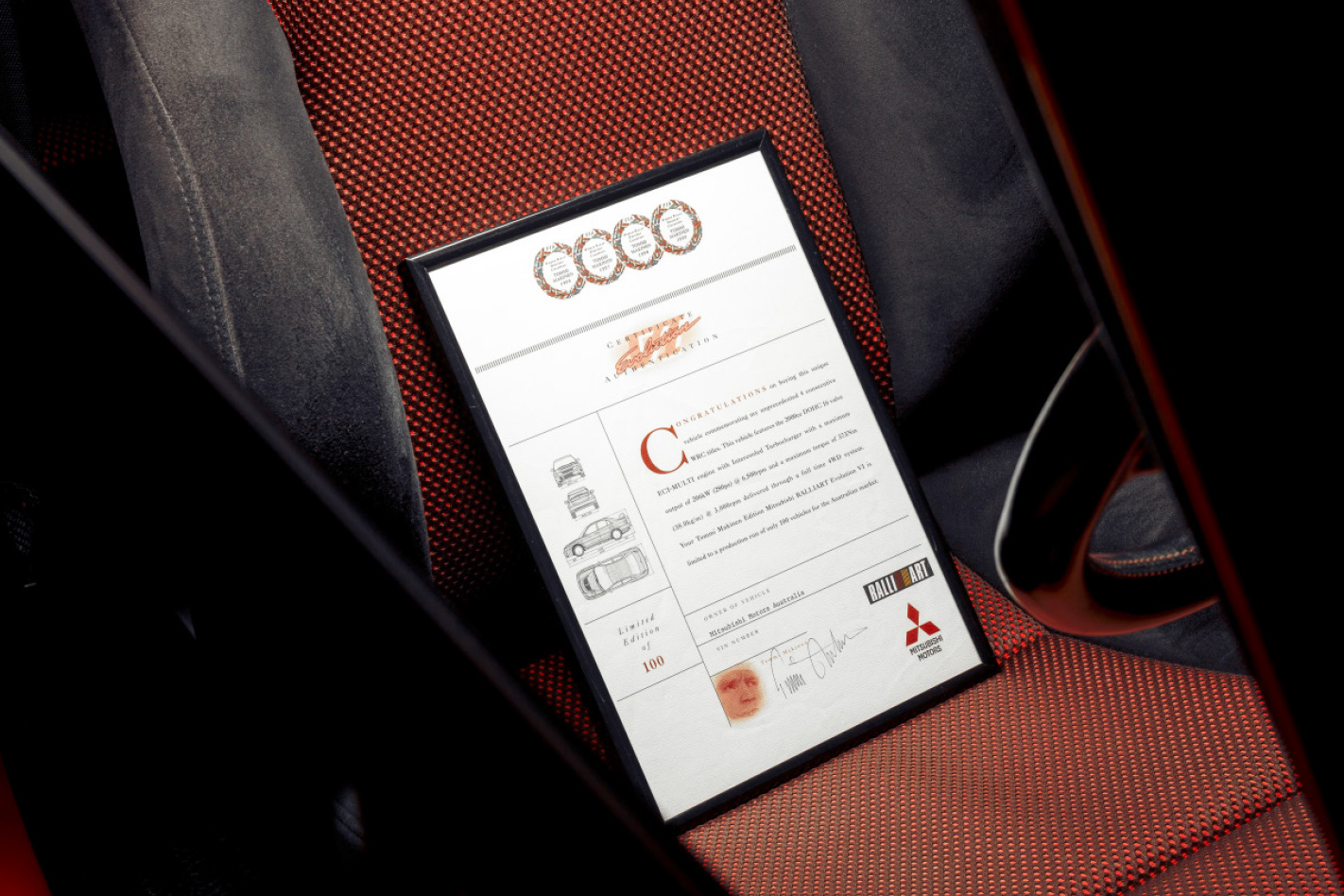
It’s only on low-grip surfaces that you’ll really feel the Active Yaw Control working its magic, busily shuffling torque left and right across the rear axle. Most of the time, the TME just feels as if it has more grip than grunt, but the handling bias in extremis feels as if you’re driving a rear-wheel-drive car that has some assistance from the front rather than vice versa. It would still take a pretty serious sports car to leave a TME behind on tough roads.
Fortunately, most Australian cars have now appreciated to the point that proper maintenance is a sensible investment. Expect to pay $80K or more for a decent example, dependent on colour (reds are preferred)and originality, and there are a few things to look out for when buying. The first is that it is a genuine Australian TME. The VIN on the green compliance plate should have a 17-digit configuration rather than the usual 11-digit format. Common faults include noisy tappets, smelly air-conditioning due to blocked drain plugs, juddering brakes, rusty wastegate actuators, corroded battery terminals, poor idling, a slipping recline on the Recaro seats, squawking from the AYC clutch plates at low speeds, failed AYC pumps, and rattly anti-roll bar bushes and drop links. That sounds quite a medley of ailments, but none is terminal and the well-recognised symptoms are relatively easy to diagnose. The engine is fundamentally tough and its oversquare design lends itself to turbocharging well.
Two decades haven’t dimmed the Mitsubishi Lancer Evo VI’s legend. If anything, hindsight has burnished the car’s status. Born from Group A homologation, the Tommi Mäkinen Edition is dripping with authenticity and that, more than anything else, guarantees its collectability. Unlike many collectors’ cars, however, this is one you’ll still want to drive.


